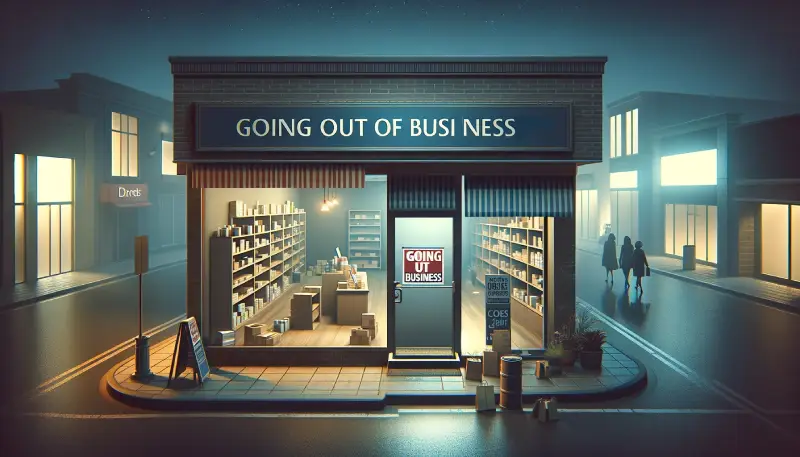In economic terms, an enterprise may decide to shut down when it is no longer able to cover its variable costs in the short run or when it is unable to cover both its fixed and variable costs in the long run. Here are the key economic considerations that typically lead to a shutdown decision:
1. **Short Run Considerations**:
– **Variable Costs**: In the short run, a firm will continue to operate as long as it can cover its variable costs, even if it cannot cover its total costs (fixed + variable). This is because fixed costs are “sunk” in the short run and must be paid regardless of the level of output.
– **Shutdown Point**: The shutdown point occurs when the firm’s revenue is equal to its variable costs. If the price falls below the average variable cost (AVC), the firm will minimize its losses by shutting down operations temporarily. This is expressed as:
\[
P < AVC
\]
where \( P \) is the market price and \( AVC \) is the average variable cost.
2. **Long Run Considerations**:
– **Total Costs**: In the long run, all costs are variable, and the firm must cover its total costs (both fixed and variable) to continue operating. If the firm consistently fails to cover its total costs, it will exit the market. The long-run shutdown decision is based on the firm’s inability to achieve profits or at least break even.
– **Break-even Point**: The break-even point occurs when total revenue equals total cost. If the firm cannot achieve this in the long run, it will shut down. This is expressed as:
\[
P < ATC
\]
where \( P \) is the market price and \( ATC \) is the average total cost.
3. **Profitability and Market Conditions**:
– **Profit Maximization**: Firms aim to maximize profits. If a firm consistently incurs losses or if the profits are insufficient to justify continued operation, it may decide to shut down.
– **Market Conditions**: Changes in market conditions, such as a decline in demand, increased competition, or changes in regulatory environments, can lead to a decision to shut down if the firm anticipates sustained losses.
4. **Cash Flow and Financial Health**:
– **Cash Flow**: Adequate cash flow is essential for day-to-day operations. If a firm is unable to maintain positive cash flow, it may be forced to shut down.
– **Debt Obligations**: Inability to meet debt obligations and other financial commitments can also lead to a shutdown decision.
5. **Opportunity Cost**:
– **Opportunity Cost**: The opportunity cost of continuing operations compared to alternative uses of the firm’s resources can influence the shutdown decision. If the resources can be more profitably employed elsewhere, the firm may choose to shut down.
6. **Strategic Considerations**:
– **Long-term Viability**: If the firm’s management believes that the business model is no longer viable in the long term, they may decide to shut down operations.
– **Restructuring**: Sometimes, a firm may temporarily shut down to restructure its operations with the aim of returning to profitability in the future.
In summary, the decision to shut down is based on an analysis of costs, revenue, market conditions, financial health, and strategic factors, with the primary economic criteria being the firm’s ability to cover its variable and total costs in the short and long run, respectively.

